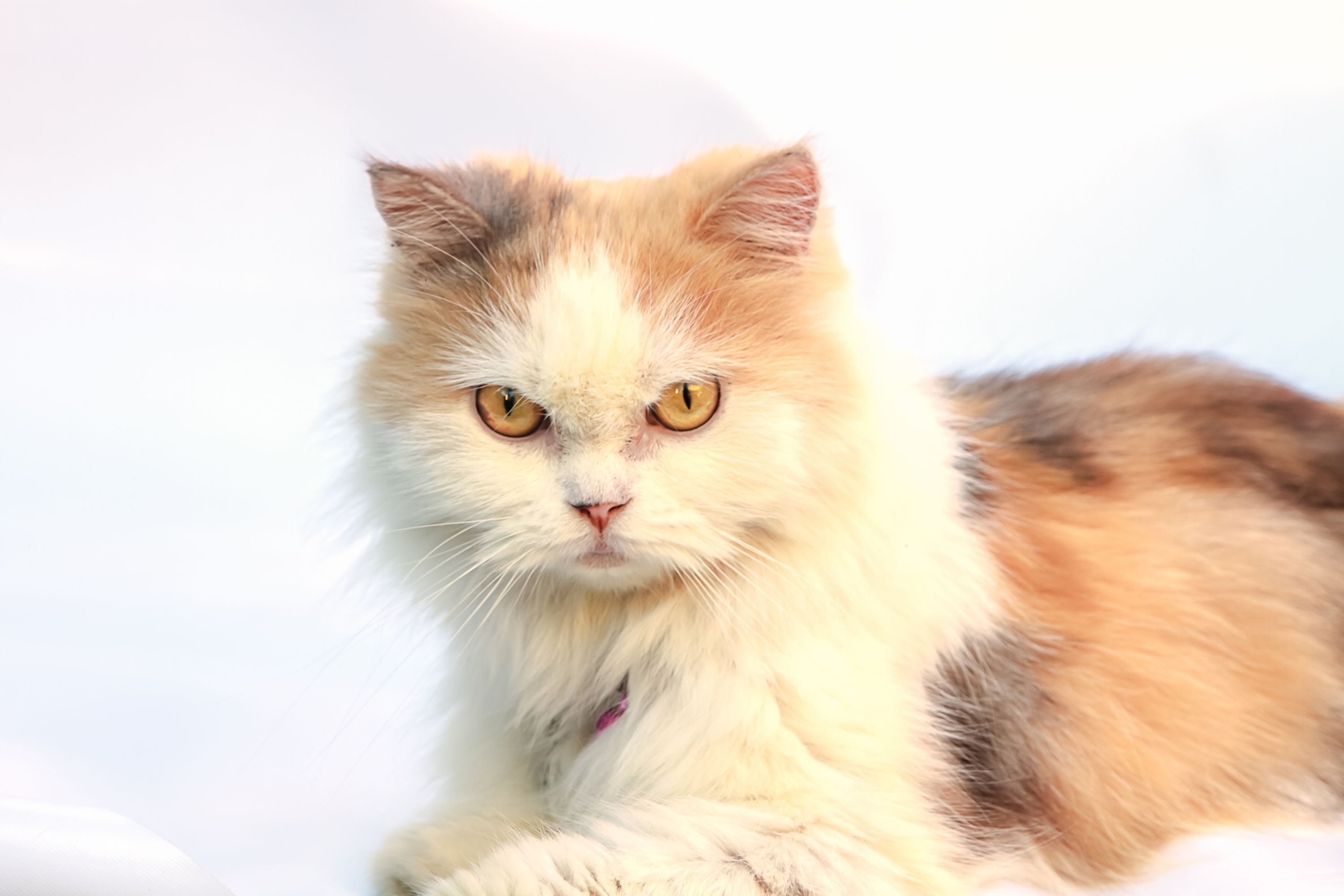Persian Cat
(Persian Cat)

Description
The Persian cat, also known as the Iranian cat, is a long-haired breed of cat that is highly prized for its striking beauty, docile temperament, and affectionate personality. The Persian cat is one of the most popular cat breeds in the world, and has been recognized by cat fanciers since the late 19th century. In this article, we will explore the history, characteristics, care, and health issues of the Persian cat. History The Persian cat is believed to have originated in Persia, which is now Iran, where it was known as the Shirazi cat. It is said to have been introduced to Europe in the 17th century by Italian merchants, who brought it back from Persia as a gift for European royalty. The first recorded breeding of Persian cats in Europe took place in Italy in the 19th century, and the breed was eventually standardized by cat fanciers in the UK and US in the early 20th century. Characteristics The Persian cat is a medium to large-sized cat, with a distinctive round head, short snout, and large, expressive eyes. Its most notable feature is its long, luxurious coat, which requires daily grooming to prevent matting and tangling. Persian cats come in a wide variety of colors and patterns, including white, black, cream, blue, and silver, as well as various bi-color and tabby patterns. The Persian cat is known for its docile and affectionate personality, and is a popular choice for families with children or other pets. However, it can be shy and reserved around strangers, and may need time to warm up to new people. Care The Persian cat requires a high level of grooming, as its long coat is prone to matting and tangling. Daily brushing and combing is recommended to prevent hairballs and maintain the coat's luster. Bathing should be done occasionally, using a mild shampoo and warm water. The Persian cat is a relatively low-energy cat, and does not require a lot of exercise. However, it is important to provide it with a stimulating environment that includes toys and scratching posts to prevent boredom and destructive behavior. Health Issues The Persian cat is prone to a number of health issues, including respiratory problems, dental issues, and polycystic kidney disease (PKD). PKD is a genetic disorder that causes cysts to form in the kidneys, leading to kidney failure. Breeders should test their cats for PKD and other genetic disorders before breeding to prevent the spread of these conditions. Conclusion The Persian cat is a beloved and popular breed of cat that is known for its beauty, docile personality, and affectionate nature. While it requires a high level of grooming and is prone to certain health issues, the rewards of owning a Persian cat are well worth the effort. If you are looking for a loyal and loving companion, the Persian cat may be the perfect choice for you.
Taxonomic tree:







